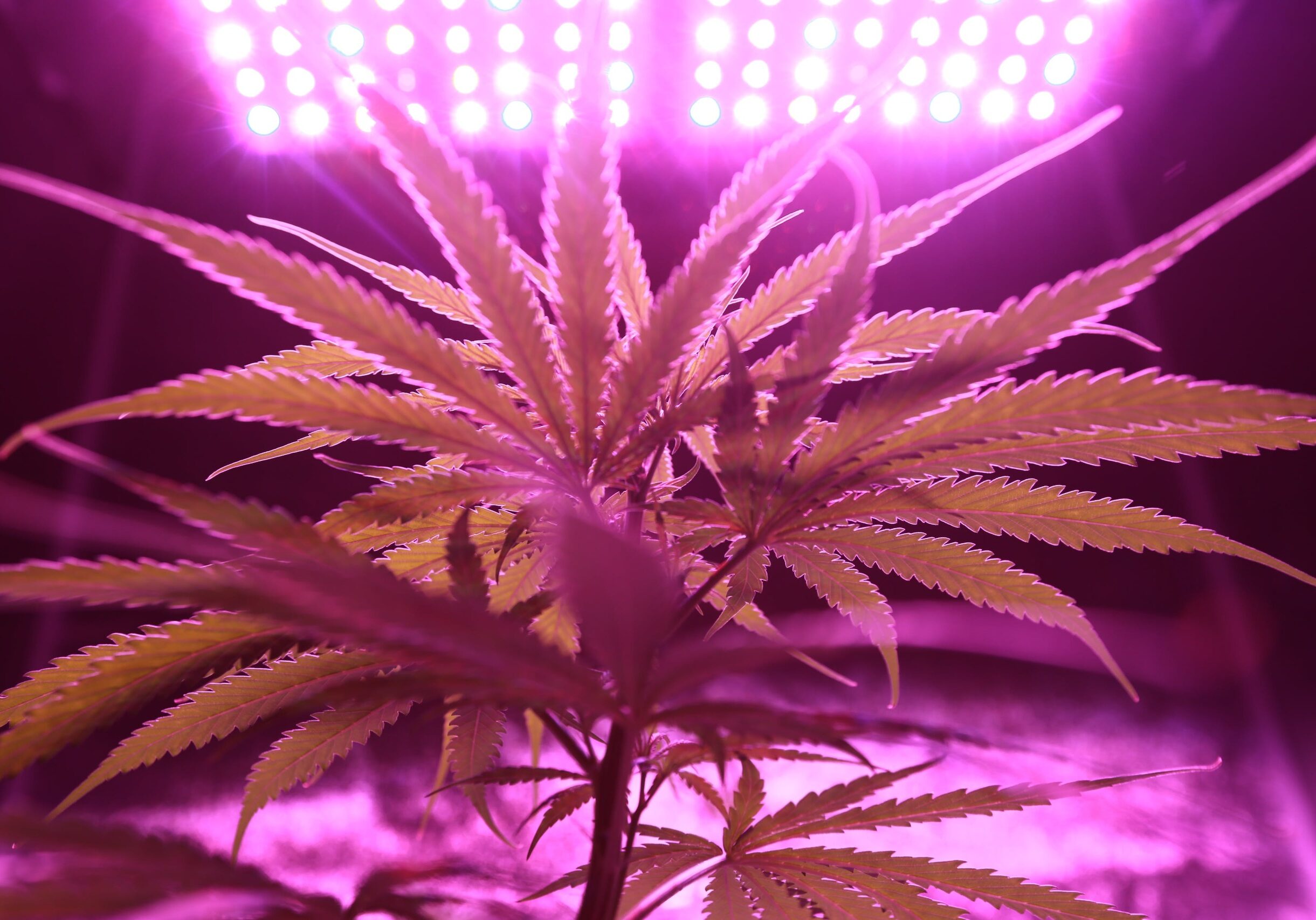Women in Cannabis
The rich and diverse history of women in the cannabis industry often remains overshadowed and underestimated. For centuries, women have been pivotal in cultivating, using, and championing cannabis, yet their contributions have been marginalized in historical narratives. A closer look into the pre-2000 history of women and cannabis unveils their profound influence and lasting impact on this evolving industry.
Ancient Civilizations and Cannabis
In ancient civilizations, women played key roles in the cultivation and utilization of cannabis. Historical records indicate that around 2700 BCE, women in ancient China were among the first to recognize the medicinal properties of cannabis, incorporating it into teas and herbal remedies. These women were crucial figures in early pharmacology, passing down invaluable knowledge of cannabis’s therapeutic effects through successive generations.
Women in 17th Century America
Traversing through history, 17th century America witnessed women like Martha Ballard, a midwife and herbalist, utilizing cannabis for diverse medicinal purposes, including pain relief during childbirth. Detailed diary entries by Ballard documented the commonplace use of cannabis as an herbal remedy among women in her community.
The 19th century saw widespread use of cannabis in Western medicine, with women pharmacists playing instrumental roles in compounding cannabis-based tinctures and medicines. Mary Jane Rathbun, popularly known as “Brownie Mary,” stands out as a notable figure. Though her prominence peaked in the 20th century, Rathbun’s legacy began in the 1920s as a pharmacist’s apprentice, where she learned about the therapeutic potential of cannabis-infused products.
Amidst the challenges of prohibition and stigmatization in the mid-20th century, pioneers like Dr. Mila Jansen emerged. Dr. Jansen, a Dutch cannabis researcher, developed groundbreaking techniques for extracting cannabis oil, notably inventing the “pollinator,” a device refining cannabis resin.
Simultaneously, women played integral roles in the counterculture movement of the 1960s and 1970s, passionately advocating for the decriminalization of cannabis.
